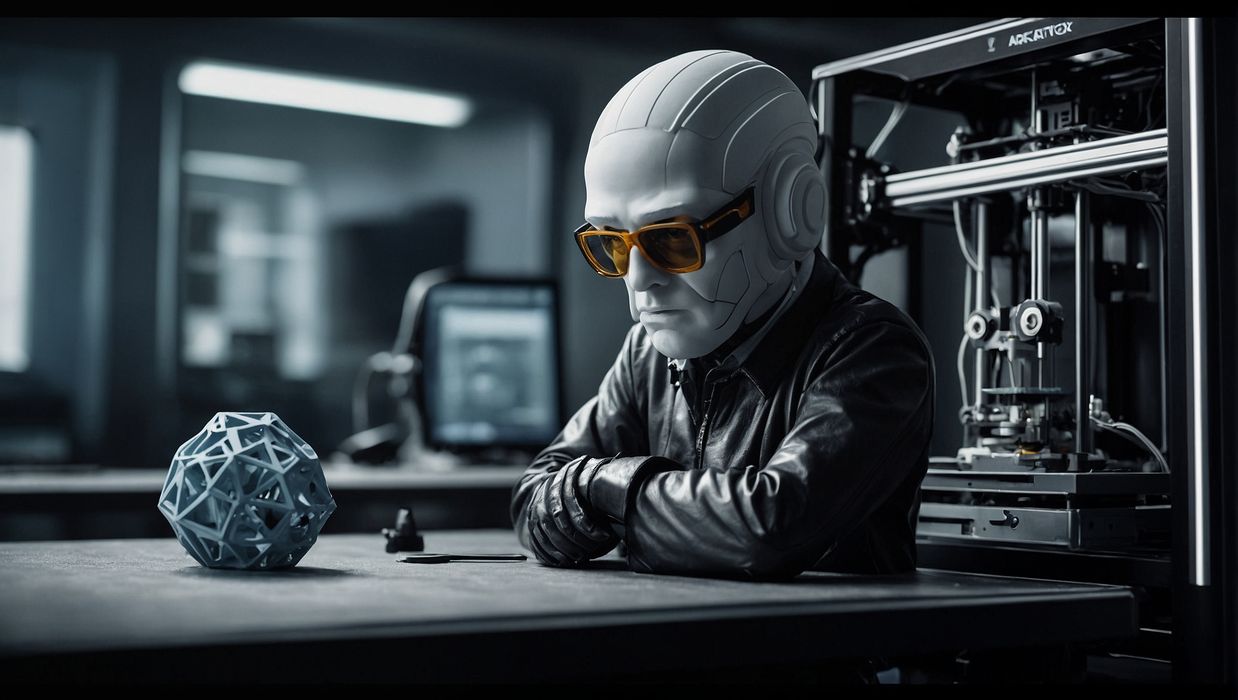
I’m seeing a growing issue with 3D model repositories that likely isn’t going to go away anytime soon.
That problem is intellectual property rights, or rather, the attempts to manage it properly and efficiently.
In days gone by there were only a few major online repositories of downloadable 3D models, the most prominent being Thingiverse. A few others, such as MyMiniFactory, also existed, but were much smaller in terms of the number of 3D models offered.
3D Model Repositories
Then in the past couple of years the situation changed. Thingiverse seemed to have stalled in development, opening up the possibility of other companies effectively competing against them for the first time.
That was taken up by several companies that wanted to replicate the original Thingiverse strategy: create a repository to act as a base for an ecosystem around their products. The idea is to bind customers to the company in ways that promote future sales. Thingiverse didn’t do this very well in the end, but the idea was still valid.
Prusa Research was the first major competitor on the scene, launching Printables a few years ago. They focused on making the site easier to use than Thingiverse, and later added gamification features to make it a bit more sticky — and fun — for participants.
Then things got more complicated: Bambu Lab launched MakerWorld, tightly bound with their equipment. Creality launched Creality Cloud with similar capabilities and features. Anycubic announced Makeronline, and there are others.
Now we have a growing list of places where one could find 3D models for printing, but most of them are somehow tied to a particular manufacturer’s devices. For example, Creality’s software tools make it easy to print models directly from Creality Cloud — but not from other repositories.
Increasing Number of 3D Model Copies
In order for designers to get the maximum exposure for their works, they really have to upload them to all of these 3D model ecosystems. That’s because equipment buyers tend to stick with the repository that came with their machine.
This effect will increase over time as machines get easier to use, leading to a higher ratio of less tech-savvy buyers. In addition, it’s very likely more 3D printer manufacturers will launch their own competing 3D model repositories.
This all means that we have a vastly greater number of 3D models floating around all these sites, and a far higher number of copies of any given design.
3D Model Violation Detection
The problem is that all of these repository have to properly manage this content.
While a designer is fully capable of uploading their designs to a repository, what proves that they are actually the owner of a given design? There really isn’t anything technical that can do so, and as a result we have constant reports of “stolen models” appearing on this site or that site.
To counteract this the site managers have to implement a process to detect invalid designs and get them off the site. Unfortunately this requires a huge amount of effort to perform manually, so most of them opt for automated processes of some form.
Some rely on reports from users — if a 3D model receives too many bad reports, it might get taken down. If a big batch of 3D models is suddenly uploaded, that might be interpreted as someone stealing a library of designs from elsewhere.
But hold on, both of those approaches — and many others — can very easily trigger a false positive detection. Perhaps a designer that had a library of models on Thingiverse wanted to deploy them on Creality Cloud? Isn’t that a good thing?
In recent weeks I keep reading stories about how designers are being mishandled by these automated systems. In such cases the designer has to appeal automated decisions, take the case public or give up. Sometimes it works out, sometimes it doesn’t.
IP Solutions for 3D Models
This type of confusion is just going to increase over time as the number of 3D models increases. The only proper solution I can see is the widespread adoption of a new file protocol that somehow includes a true record of ownership.
That protocol doesn’t exist as far as I know, or at least has not achieved acceptance. It would certainly be possible to develop a protocol of this type, likely using some form of blockchain infrastructure to record ownership.
Where will this new format come from? I suggest that the first 3D model repository to develop it may grow dramatically as designers would almost certainly view it as the answer.
